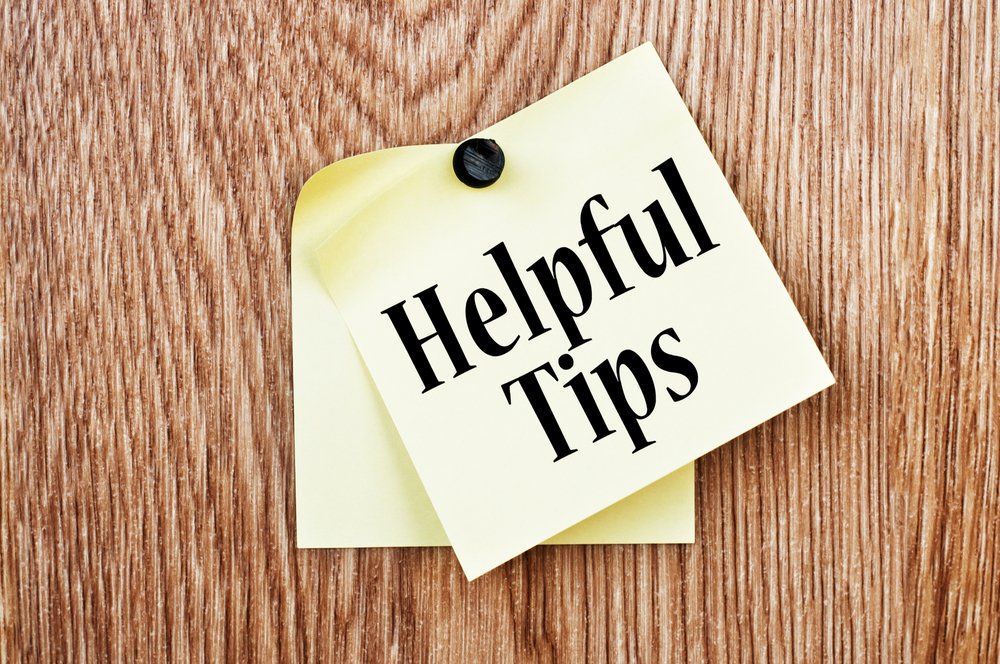Colorful Adaptations: Crafting a Beauty Routine with Weak Hands
Written by |

Like many others with SMA, my functional dexterity is limited.
I’m grateful to still have the ability to write legibly, type on my keyboard, and maneuver my nimble fingers into the snug corners of a Pringles can. But I do see my hands as “SMA hands.” When performing a task, my fingers tend to sprawl out in a tense state of random directions and subtle tremors, as if I’m casting a wicked spell. In cold weather, my magic dwindles, and my hands curl up into a ball of defiance until they’re warmed up. I find humor in my hands. They’re part of me, and I’ve learned to adapt with them.
Living with weak hands, it’s difficult for me to engage in self-care and a beauty routine. I’d like to share some ideas that have helped me to flourish in my femininity.
Get the look
Different makeup looks and hairstyles can be created with an array of options. Explore product descriptions and ask questions. By trial and error, I’ve found a hairspray with a push-forward nozzle, requiring minimal strength from my spell-casting witch finger to operate.
Retractable twist eyeliners are easiest for me to use. I rely on makeup brushes that are long, slim, and lightweight — smooth for dipping into eye shadows, then swooping up toward my eyelids. Long brushes provide more leverage for my hands when applying foundation and blush, and pair well with my current grip strength.
Interested in SMA research? Check out our forums and join the conversation!
Travel-sized treasures
The size, shape, and weight of objects are crucial components that contribute to usability. If an object is awkwardly shaped, I may not be able to mold my hands into the necessary formation to grasp it. If it’s too heavy, I can’t lift it.
Due to their smaller size and lighter weight, travel versions of products are worth a second look. Some items I’ve found to be more usable in travel size include hairstyling tools, hair care products, compact mirrors, and makeup and skin care products.
Smaller versions don’t always ensure independence. I might need help twisting off a cap or positioning an item a particular way. But at least I’ve found a greater degree of independence in participating in my own beauty routine. My level of autonomy often depends on the day and where I am in the waves of my fatigue levels.
Potion commotion
I seek out quality combination products that serve multiple purposes. This strategy helps to keep my fatigue at bay. I’m also mindful of the limited time I have with my caregivers. I need energy for the entire day ahead, so I can’t blow it all on my morning routine.
I use a foundation composed of sunscreen, a shimmer element, and a powder finish — one product with multiple features. I use body moisturizer that includes sunscreen. When it’s time to wipe the day off, my nighttime makeup removal wipes also provide skin-nourishing benefits.
Glamor chat
In the spirit of embracing the feeling of being all aglow, I’ve grown comfortable with discussing my abilities and limitations.
If I go to my hairstylist for a new look, I’ll ask for suggestions of styling approaches so I can instruct my caregivers to help. When coloring my hair, my stylist knows that I need to lean forward over a sink for rinsing (and let’s make it snappy because I can’t breathe well while I’m bent forward). Afterward, she helps me to sit up and reposition. Finding someone you’re comfortable with is crucial to your confidence in the hairstyling process.
If you’re seeking new products, many beauty supply stores offer samples. If limited transportation or time constraints with caregivers are issues for you, call the store beforehand to ask if someone can help you to streamline your shopping trip. You can then avoid multiple visits to stores by ordering your new favorites online.
It’s tough to have these conversations — embarrassing, even. At times, I’ve struggled with feeling inferior to women of normal physical ability. Uplifting words of wisdom have helped me to thrive — and those helpful comments don’t always come from others with SMA.
Recently, when I was feeling a bit broody about my SMA, my dad said to me, “Katie, people sometimes understand more than you think they do.” I’ve discovered this to be true. Our assumptions about the world can hold us back. While no one will never know exactly how it feels to be me (only I can know that), I can use my voice to tell chapters of my story. In turn, people might more fully understand my perspective.
Talking about my limitations makes me feel incredibly vulnerable at times, but I gain a stronger sense of reassurance and independence when others are familiar with my needs. If I talk about uncomfortable issues in an approachable way, the awkwardness fades.
***
Note: SMA News Today is strictly a news and information website about the disease. It does not provide medical advice, diagnosis, or treatment. This content is not intended to be a substitute for professional medical advice, diagnosis, or treatment. Always seek the advice of your physician or other qualified health provider with any questions you may have regarding a medical condition. Never disregard professional medical advice or delay in seeking it because of something you have read on this website. The opinions expressed in this column are not those of SMA News Today, or its parent company, Bionews Services, and are intended to spark discussion about issues pertaining to spinal muscular atrophy.







Leave a comment
Fill in the required fields to post. Your email address will not be published.